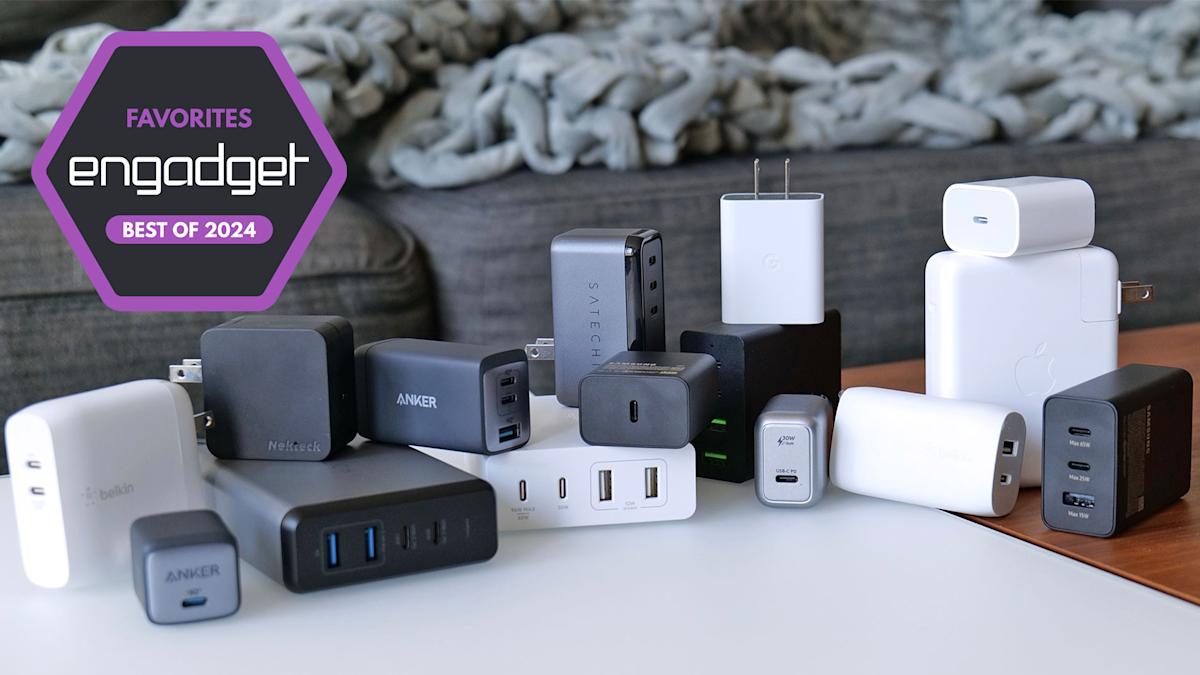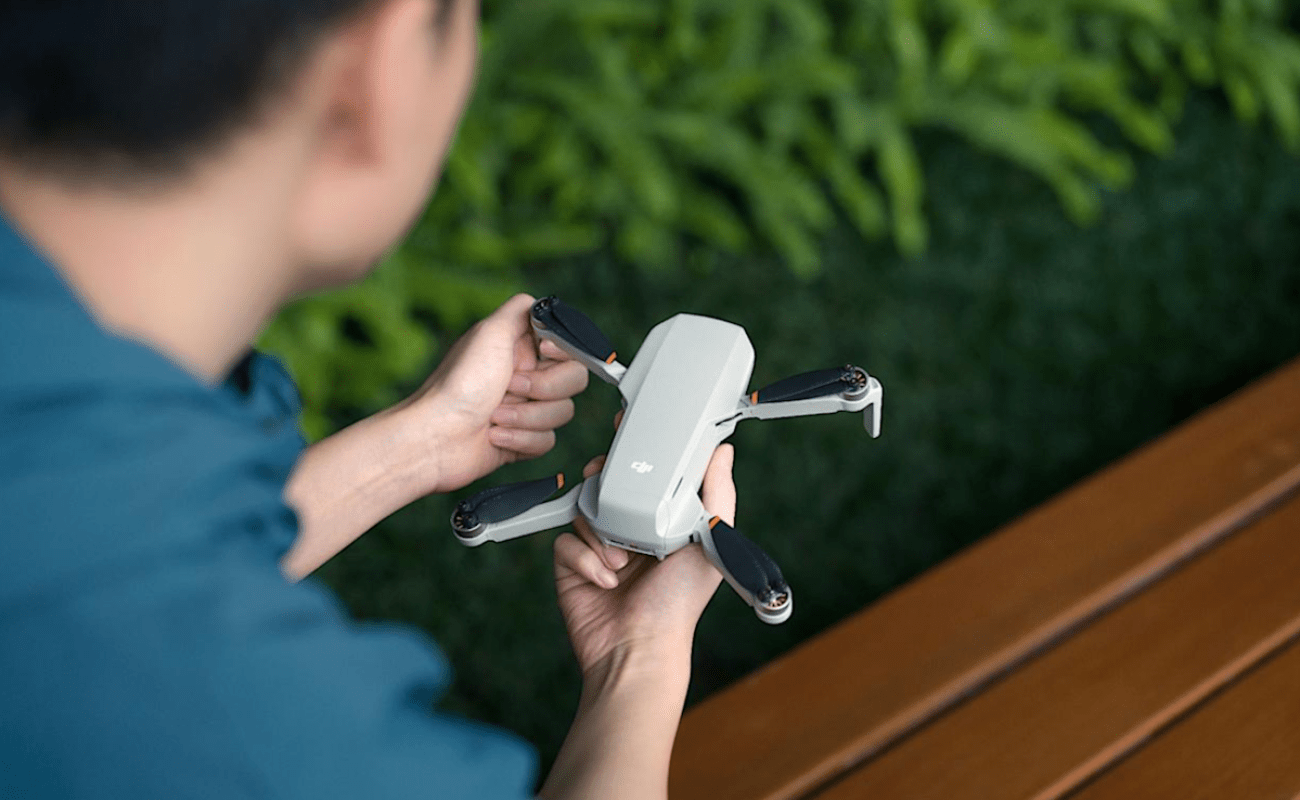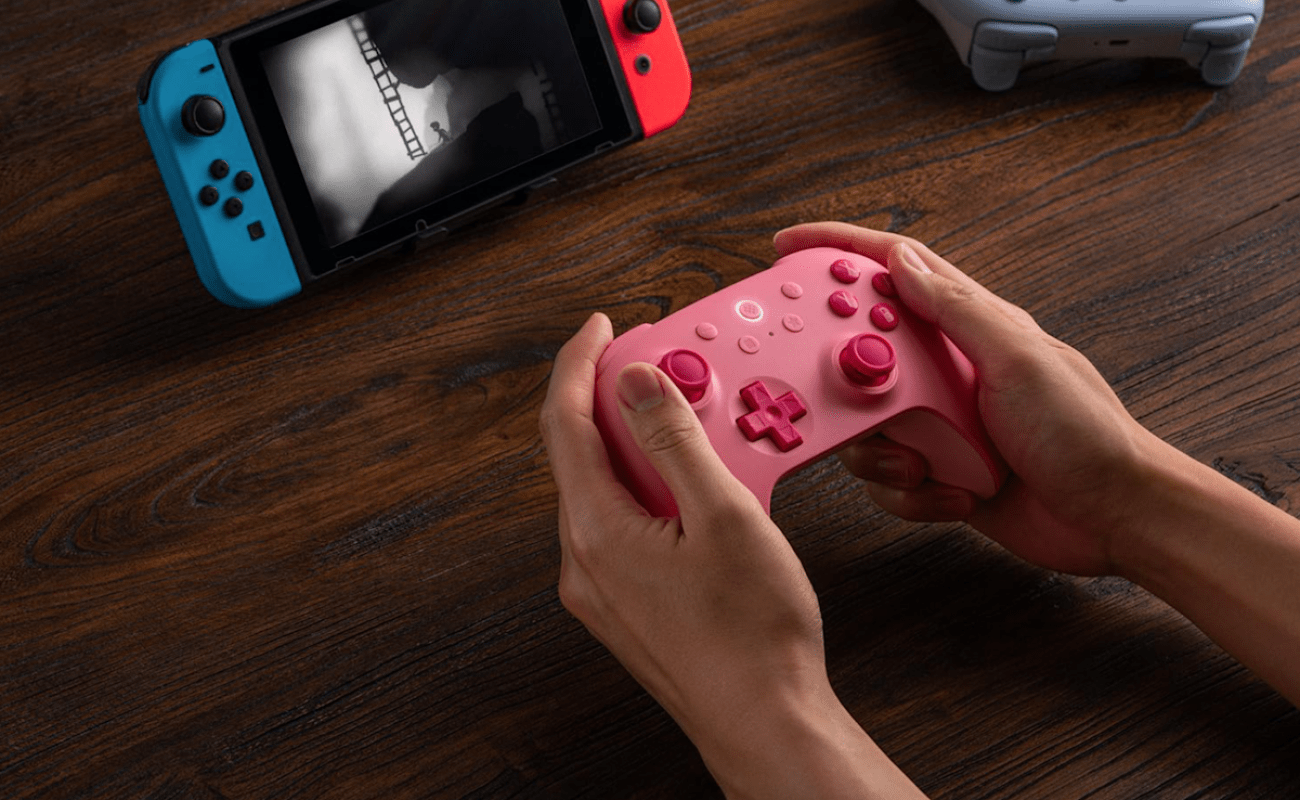The very best quick chargers for 2024

Selecting the perfect quick charger won’t have been a lot of a consideration again within the days once we had the luxurious of having fun with a charger bundled with our new telephones. However now, with most telephones barely coming with a USB cable (in the event you’re fortunate), it’s time to contemplate what charger is best for you. And with most newer gadgets together with telephones, laptops and tablets supporting USB-C charging, there’s a excessive probability you may spend money on a quick charger that may cater to all your gadget’s charging wants. When you’re a frequent traveler, this can be a big profit, as the very last thing you wish to do is lug round a number of chargers once you’re making an attempt to journey mild.
Quick chargers are available in all sizes and styles — some are extra highly effective than others, so that you’ll wish to discover one that can go well with all your gadgets. You’ll be able to examine how a lot energy your gadgets want (in watts) of their manuals or on the producer’s web site. Be sure you make an observation of it, nevertheless, as some telephones like these from OnePlus can help as much as 120W. Equally, some gadgets like OPPO’s SuperVOOC require proprietary protocols, so solely first-party chargers will work. No matter you want, our listing of the perfect quick chargers ought to cowl any state of affairs.
Editor’s Notice (June 2024): Whereas we’re nonetheless ready for extra new chargers to return out so we will do a full replace to our information, some interesting choices have hit the market lately. On the finish of March, Pluggable introduced a brilliant slim two-port 40W USB-C adapter that looks like a terrific journey companion for conserving a cellphone and a pill topped up concurrently. One neat characteristic is its sensible energy allocation tech, which permits the charger to dynamically shift how a lot juice every gadget will get to finest maximize effectivity.
In the meantime, for these on the lookout for one thing beefier, UGreen launched a complete new line of gadgets with engaging specs. Probably the most notable of those is a 160-watt GaN charger, that includes 4 ports (three USB-C and one USB-A) that may cut up energy output between a number of gadgets directly or cost one laptop computer at as much as 140 watts. This offers UGreen’s brick a ton of flexibility whereas nonetheless with the ability to refill even a beefy 16-inch MacBook Professional at prime pace. Alternatively, Satechi’s newest 145w charger gives related (although barely decrease) energy output and comes with an assortment of worldwide plug adapters, which could possibly be an actual luxurious for frequent vacationers. However maybe most significantly, each of those gadgets value $40 to $50 lower than our present favourite high-wattage charger (Razer’s 130W GaN adapter), so we’re wanting ahead to testing these out in additional depth quickly.
How we examined quick chargers
The methodology for my quick charging experiment is meant to be as simple as potential. I drained every gadget to 10 p.c battery, plugged in an influence brick after which recorded the quantity of cost added each 10 minutes for an hour. Every adapter was plugged instantly into an ordinary 120-volt outlet (with out using an influence strip or any extension cords), and when potential I used the cable that both got here included with the battery charger or one made by the identical producer because the gadget. If that wasn’t an possibility, I used licensed 100-watt USB-C cables made by Anker, Apple and others.
As a result of the charging fee for gadgets varies relying on how a lot juice you’ve got, I wished to measure how properly every adapter was in a position to match every gadget’s optimum charging pace. Typically, charging is slower between zero and 20 p.c earlier than speeds ramp up till the battery hits 80 p.c, at which level issues decelerate once more to guard and protect the well being and longevity of the ability cell. For charging stations with a number of ports, I all the time chosen the port with the very best energy output whereas additionally not having a number of gadgets related.
As for the gadgets themselves, I chosen an Apple iPhone 13, a Samsung Galaxy S22 Extremely, a Nintendo Swap (a launch mannequin from 2017), a 2021 Dell XPS 13 and a 16-inch M1 Max MacBook Professional. This assortment was chosen to cowl a variety of specs and energy attracts from 20 watts (iPhone 13) all the way in which as much as 140 watts (M1 Max MBP). Additionally, each system was examined whereas idle (i.e. no further apps or video games working) so as to guarantee constant outcomes.
One vital factor to notice is that whereas the USB Implementers Discussion board has accepted help for USB Energy Supply (USB-PD) charging at as much as 240 watts, adapters that really help that energy output don’t exist but. Moreover, whereas there are a handful of cables that may deal with greater than 100 watts of juice, they’re considerably uncommon or onerous to get.
What’s GaN?
When on the lookout for chargers, it’s possible you’ll discover that some are marked as GaN, which stands for gallium nitride. This is a vital distinction as a result of, in comparison with older adapters that use silicon switches, GaN-based gadgets help elevated energy effectivity and output, permitting producers to create extra compact chargers that run cooler and help larger wattages. Relying on the particular energy output, GaN chargers might be 30 to 50 p.c smaller and lighter than silicon-based alternate options. Which may not sound like a lot, however once they’re sitting in a bag alongside a laptop computer, cellphone and some other equipment you may need, reducing down on extra bulk and weight can go a good distance.
Quick chargers we examined
With so many various chargers of various energy outputs to check, I broke issues down into three classes. There are the 30-watt and underneath chargers, that are primarily designed for smartphones and different small cellular gadgets. Then we transfer as much as 45 to 65-watt chargers (give or take a watt or two) that may deal with issues like telephones together with numerous skinny and lightweight laptops. Lastly, we now have chargers that output 100 watts or extra, that are good for just about something in addition to the largest and most power-hungry gaming laptops. Many of those larger wattage adapters additionally characteristic a number of ports, so are you able to prime up further gadgets at full pace. Nonetheless, as a result of not each energy brick helps multi-device charging, I didn’t embody that as a testing metric.
You’ll be able to see a full listing of the chargers we examined under:
Greatest quick chargers for 2024


Anker
Variety of ports: 1 | Ports: USB-C | Dimensions: 1.12 x 1.12 x 1.39 inches | Compatibility: Telephones, tablets, laptops (restricted) | Cable: Not included | Charging pace: 30W
$20 at Amazon
Relating to charging small gadgets, 30 watts is by far the most well-liked because it covers most cell telephones together with some bigger gadgets just like the Nintendo Swap. In our testing, the entire 30-watt chargers carried out equally properly, with each in a position to get the iPhone to round 80 p.c battery cost in lower than an hour whereas additionally utterly refilling the Galaxy cellphone in 60 minutes. Nonetheless, as you may see, these smaller, low-wattage bricks struggled to refill each the XPS 13 and particularly the MacBook Professional. Sure, you are able to do it, nevertheless it’s somewhat sluggish (the XPS 13 even surfaced a sluggish charger notification), and since I examined every gadget whereas idle, there’s a great probability these chargers could not be capable to preserve these laptops topped up whereas underneath load.
Nonetheless, the one factor that stands out is the efficiency of Apple’s 20-watt brick, whose decrease output induced it to lag behind — each different adapter offered quicker charging. Whereas it was in a position to sustain with rival gadgets when refilling the iPhone, its wattage is so low it couldn’t even trickle cost the XPS 13. Dell’s energy administration didn’t even acknowledge {that a} charger was plugged in. Meaning this adapter is way much less helpful if you could fast cost extra power-hungry devices in a pinch. And I ought to point out I didn’t trouble testing the outdated 15-watt Apple energy cubes, which may’t even help the iPhone’s full 20-watt charging speeds. Anybody nonetheless utilizing a kind of actually must improve.
If all you need is an influence brick to maintain small gadgets powered up, our alternative for finest charger is obvious: the Anker Nano. Not solely did it ship the perfect speeds in its class, nevertheless it’s additionally the smallest, which makes it tremendous straightforward for it to vanish in a bag. The one we examined, the Anker 711 charger, is an older mannequin at this level, however you must get the identical efficiency from the newest model, the 30W Nano 3. Nonetheless, it’s value noting that each fashions help USB-C charging solely, and don’t characteristic a USB-A port.


Anker
Variety of ports: 3 | Ports: 2 x USB-C. 1 x USB-A | Dimensions: 2.6 x 1.51 x 1.15 inches | Compatibility: Telephones, tablets, laptops | Cable: Not included | Charging pace: 65W
$56 at Amazon
Right here’s the place issues begin to get attention-grabbing as a result of whereas numerous these chargers have related energy outputs (except for the Samsung 45-watt brick, in fact), the precise outcomes have been a bit extra various. Each the Nekteck and the Belkin solely managed to get the Galaxy cellphone to round 80 p.c battery after an hour, in comparison with the Anker, Samsung and Satechi chargers which all hit 100. This implies that each chargers aren’t correctly speaking with Samsung’s cellphone so as to reap the benefits of its 45-watt charging speeds, which I used to be in a position to verify through the use of a USB-C volt meter. In the meantime, as anticipated, Samsung’s 45-watt charger did nice when related to the Galaxy handset, however its decrease output meant it couldn’t sustain with the 60 and 65-watt bricks.
Considerably surprisingly, each charger on this class carried out properly when hooked as much as the XPS 13, with every adapter ending inside one p.c of one another (round 58 p.c) after an hour. Nonetheless, in relation to the thirsty MacBook Professional, each further watt makes a distinction, with the Anker 735 and Samsung Triple Port Charger edging out the competitors, despite the fact that they’re nonetheless a lot slower than Apple’s included brick. It’s additionally telling that on the Belkin 60W, its quickest charging port really denotes charging speeds of between 50 and 60 watts, which is why it couldn’t fairly sustain with the opposite 60-watt chargers I examined.
As for selecting a winner, Nekteck’s 60-watt brick is the most affordable whereas additionally being one of many few choices that include an included charging cable. Nonetheless, with solely a single charging port and sub-optimal compatibility with the Samsung cellphone, it’s onerous to completely advocate. For my cash, I’d go together with the Anker 735 because it’s smaller, barely quicker and the identical value as Samsung’s 65W Triple Port charger, whereas nonetheless providing a complete of three USB ports (two USB-C and one USB-A port).


Razer
Variety of ports: 4 | Ports: 2 x USB-C, 2 x USB-A | Dimensions: 2.44 x 3.03 x 1.26 inches | Compatibility: Telephones, tablets, laptops | Cable: 2M Sort-C to Sort-C included | Charging pace: 130W
$160 at Amazon
For anybody contemplating a high-power USB-C quick charger, right here’s the place it’s vital to concentrate to the fantastic print. Whereas all of those bricks are listed at or above 100 watts, the first charging ports on the Satechi and Belkin are literally capped at 90 or 96 watts. And that’s earlier than you think about multi-device charging, which splits the entire output throughout the opposite ports with the ratio various relying on the particular mannequin.
Throughout testing, all 4 had no challenge topping up the smartphones, the Swap and the XPS 13, although as soon as once more Belkin’s adapter couldn’t totally recharge the Galaxy cellphone regardless of having greater than sufficient wattage. On the flip facet, whereas Razer’s USB C charger has the next max output than both the Belkin or the Satechi, there wasn’t a lot distinction in charging speeds when related to the MacBook Professional. And this isn’t as a result of a scarcity of upper wattage cables, as each USB-C ports on the Razer brick are capped at a mixed 100 watts.
In the meantime, as one of many uncommon 140-watt energy adapters in the marketplace, Apple’s brick is tremendous fast and did an expectedly nice job of refilling the MacBook Professional. Nonetheless, I ought to point out that it is the solely energy brick on this section that comes with a single port, which type of appears like a missed alternative for the Apple ecosystem.
So for anybody that wishes a charger that may prime up an ultraportable laptop computer rapidly whereas nonetheless having juice to spare, I want Razer’s 130-watt GaN adapter. It’s the perfect charger on this class, in addition to the smallest and most costly at $180. On prime of that, it comes with two worldwide wall adapters (for UK and EU retailers) and a braided 100-watt USB-C cable, all of which you don’t get from any others on this class.
Wrap-up
Clearly, there are much more than simply 14 tremendous quick chargers in the marketplace, and sadly I don’t have the time to check all of them. As of late, discharging a cellphone from one hundred pc battery to lifeless can take upwards of 15 hours, so relying on the gadget, I can solely check one USB cellphone charger per day. Simply gathering all this knowledge took the higher a part of two months. And sadly, whereas I used to be working this check, Anker got here out with a brand new era of energy adapters that I have never had the prospect to guage simply but.
That stated there are nonetheless some vital takeaways. First, so as to guarantee optimum charging speeds, you must take note of the charging requirements of your gadget and the quick charger; be certain your charger can provide the right quantity of energy. Producers usually listing a tool’s max charging speeds, whereas energy adapters clearly label their USB varieties and outputs. And when doubtful, you may have a look at the fantastic textual content on the charger itself, although you may need to do some math. Simply keep in mind, watts equals volts instances amps. Moreover, within the case of adapters with a number of ports, you’ll examine to see how its complete wattage is cut up when related to a number of gadgets.
Then there are different components like dimension and weight you’ll wish to think about, with newer gallium nitride adapters (GaN) usually that includes extra compact designs and higher energy effectivity. And in the event you’re ever actually doubtful, you may merely choose for a quick charger made by the identical firm as your Android cellphone, iPhone, laptop computer or different devices, one thing that’s very true for gadgets just like the OnePlus 10T that characteristic speedy proprietary charging protocols.












